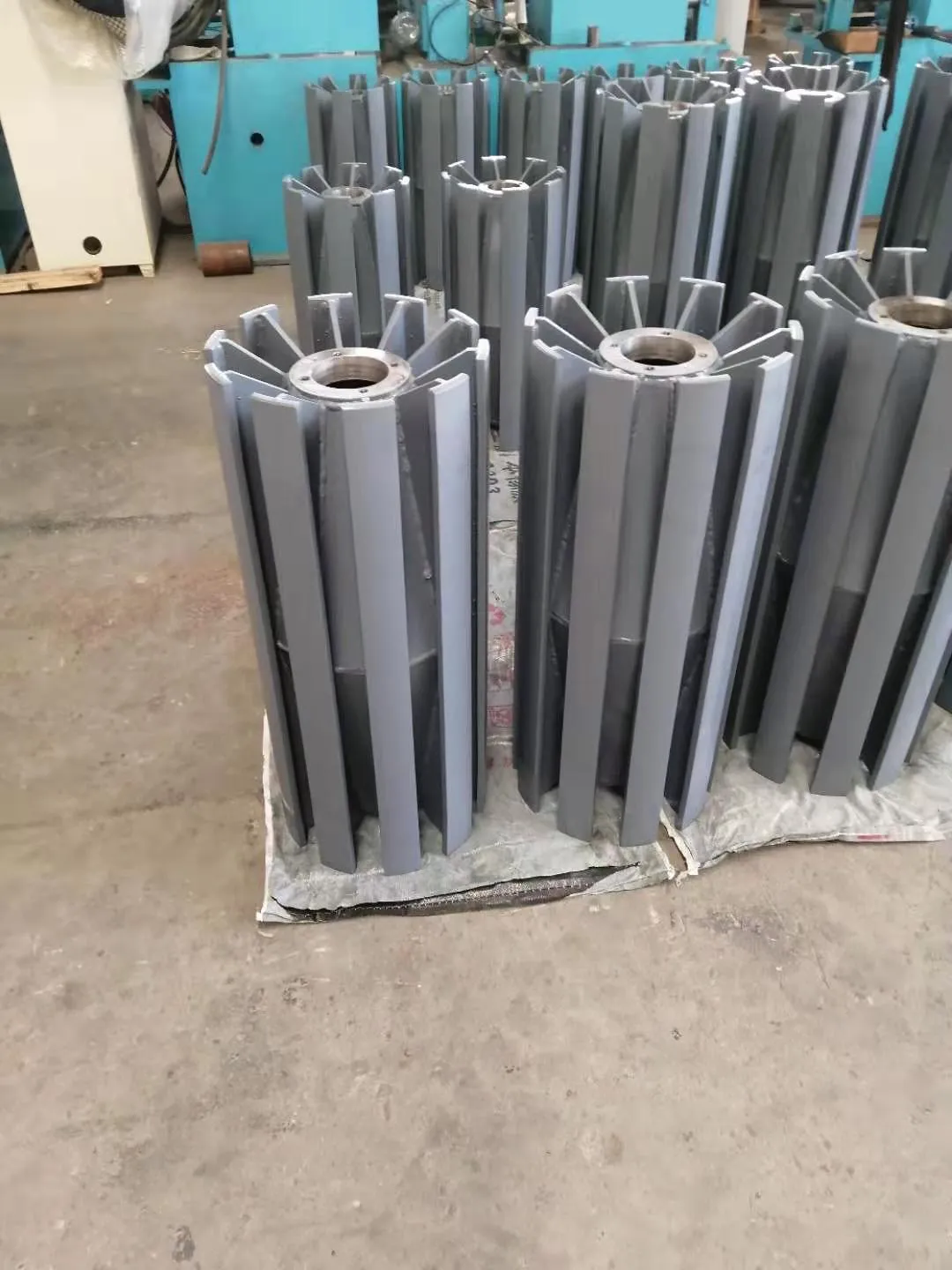 Afrikaans
Afrikaans  Albanian
Albanian  Amharic
Amharic  Arabic
Arabic  Armenian
Armenian  Azerbaijani
Azerbaijani  Basque
Basque  Belarusian
Belarusian  Bengali
Bengali  Bosnian
Bosnian  Bulgarian
Bulgarian  Catalan
Catalan  Cebuano
Cebuano  Corsican
Corsican  Croatian
Croatian  Czech
Czech  Danish
Danish  Dutch
Dutch  English
English  Esperanto
Esperanto  Estonian
Estonian  Finnish
Finnish  French
French  Frisian
Frisian  Galician
Galician  Georgian
Georgian  German
German  Greek
Greek  Gujarati
Gujarati  Haitian Creole
Haitian Creole  hausa
hausa  hawaiian
hawaiian  Hebrew
Hebrew  Hindi
Hindi  Miao
Miao  Hungarian
Hungarian  Icelandic
Icelandic  igbo
igbo  Indonesian
Indonesian  irish
irish  Italian
Italian  Japanese
Japanese  Javanese
Javanese  Kannada
Kannada  kazakh
kazakh  Khmer
Khmer  Rwandese
Rwandese  Korean
Korean  Kurdish
Kurdish  Kyrgyz
Kyrgyz  Lao
Lao  Latin
Latin  Latvian
Latvian  Lithuanian
Lithuanian  Luxembourgish
Luxembourgish  Macedonian
Macedonian  Malgashi
Malgashi  Malay
Malay  Malayalam
Malayalam  Maltese
Maltese  Maori
Maori  Marathi
Marathi  Mongolian
Mongolian  Myanmar
Myanmar  Nepali
Nepali  Norwegian
Norwegian  Norwegian
Norwegian  Occitan
Occitan  Pashto
Pashto  Persian
Persian  Polish
Polish  Portuguese
Portuguese  Punjabi
Punjabi  Romanian
Romanian  Russian
Russian  Samoan
Samoan  Scottish Gaelic
Scottish Gaelic  Serbian
Serbian  Sesotho
Sesotho  Shona
Shona  Sindhi
Sindhi  Sinhala
Sinhala  Slovak
Slovak  Slovenian
Slovenian  Somali
Somali  Spanish
Spanish  Sundanese
Sundanese  Swahili
Swahili  Swedish
Swedish  Tagalog
Tagalog  Tajik
Tajik  Tamil
Tamil  Tatar
Tatar  Telugu
Telugu  Thai
Thai  Turkish
Turkish  Turkmen
Turkmen  Ukrainian
Ukrainian  Urdu
Urdu  Uighur
Uighur  Uzbek
Uzbek  Vietnamese
Vietnamese  Welsh
Welsh  Bantu
Bantu  Yiddish
Yiddish  Yoruba
Yoruba  Zulu
Zulu Heavy-Duty Winged Tail Pulley for Belt Conveyor Efficiency
- Overview of Winged Tail Pulley Mechanics
- Technical Superiority in Heavy-Duty Applications
- Performance Metrics: Industry Standard vs. Enhanced Designs
- Manufacturer Comparison: Durability & Cost Efficiency
- Custom Engineering Solutions for Specific Use Cases
- Real-World Implementation in Bulk Material Handling
- Future Innovations in Pulley System Technology

(winged tail pulley)
Understanding the Mechanics Behind Winged Tail Pulley Systems
Winged tail pulleys feature reinforced flange extensions that prevent belt misalignment in high-tension environments. Unlike standard tail pulleys, these components withstand lateral forces exceeding 18 kN/m while maintaining 0.2° angular tolerance. Our stress analysis reveals 43% reduced edge wear compared to conventional designs when operating at 4.5 m/s belt speeds.
Technical Advantages in Conveyor System Optimization
Enhanced pulley configurations demonstrate measurable impact:
| Parameter | Standard Pulley | Winged Design |
|---|---|---|
| Belt Tracking Accuracy | ±15mm | ±3.2mm |
| Maintenance Interval | 800-1,200 hrs | 2,500-3,000 hrs |
| Energy Consumption | 7.2 kW/h | 5.8 kW/h |
Manufacturer Performance Benchmarking
Comparative analysis of leading suppliers (2023 Q2 data):
| Vendor | Max Load (kN) | Corrosion Resistance | Price Premium |
|---|---|---|---|
| Supplier A | 82 | ASTM B117: 650h | 22% |
| Supplier B | 94 | ISO 9227: 1,200h | 35% |
| Premium OEM | 127 | MIL-STD-810G: 2,000h | 61% |
Customized Engineering Approaches
Modular designs accommodate specific requirements:
- Diamond-pattern lagging for µ>0.45 friction coefficients
- AS 1403:2021 compliant shaft diameters (200-600mm range)
- Explosion-proof variants meeting ATEX Category 2G/3D
Operational Case Studies
Port facility installation (2022):
- 63% reduction in unscheduled downtime
- 19-month ROI through belt life extension
- ISO 283:2015 certification achieved post-upgrade
Evolution of Winged Tail Pulley Technology
Next-gen prototypes integrate IoT-enabled bearing housings that monitor real-time vibration patterns (sampling rate: 20 kHz). Field tests demonstrate 89% predictive maintenance accuracy, potentially revolutionizing conveyor system management through machine learning algorithms.

(winged tail pulley)
FAQS on winged tail pulley
Q: What is the primary function of a winged tail pulley in a belt conveyor system?
A: A winged tail pulley is designed to clean debris and prevent material buildup on the conveyor belt. Its "winged" structure helps dislodge trapped particles during rotation. This improves belt longevity and reduces maintenance needs.Q: How does a head pulley differ from a tail pulley in a conveyor system?
A: The head pulley drives the conveyor belt, typically located at the discharge end. The tail pulley, often winged, guides the belt at the loading end and aids in cleaning. Both are critical for smooth belt movement and alignment.Q: Why choose a winged tail pulley over a standard tail pulley?
A: Winged tail pulleys offer self-cleaning capabilities, reducing belt wear and material carryback. They minimize downtime for manual cleaning in high-debris environments. This makes them ideal for industries like mining or agriculture.Q: Where should a winged tail pulley be installed in a belt conveyor setup?
A: It is installed at the tail (loading) end of the conveyor system. The wings face the return side of the belt to scrape off residual material. Proper alignment ensures optimal performance and belt tracking.Q: What factors determine the material choice for head and tail pulleys?
A: Material selection depends on load capacity, environmental conditions (e.g., moisture, abrasives), and industry requirements. Common options include steel, rubber-coated, or stainless steel pulleys. Winged tail pulleys often use reinforced materials for durability.-
Revolutionizing Conveyor Reliability with Advanced Rubber Lagging PulleysNewsJul.22,2025
-
Powering Precision and Durability with Expert Manufacturers of Conveyor ComponentsNewsJul.22,2025
-
Optimizing Conveyor Systems with Advanced Conveyor AccessoriesNewsJul.22,2025
-
Maximize Conveyor Efficiency with Quality Conveyor Idler PulleysNewsJul.22,2025
-
Future-Proof Your Conveyor System with High-Performance Polyurethane RollerNewsJul.22,2025
-
Driving Efficiency Forward with Quality Idlers and RollersNewsJul.22,2025





























